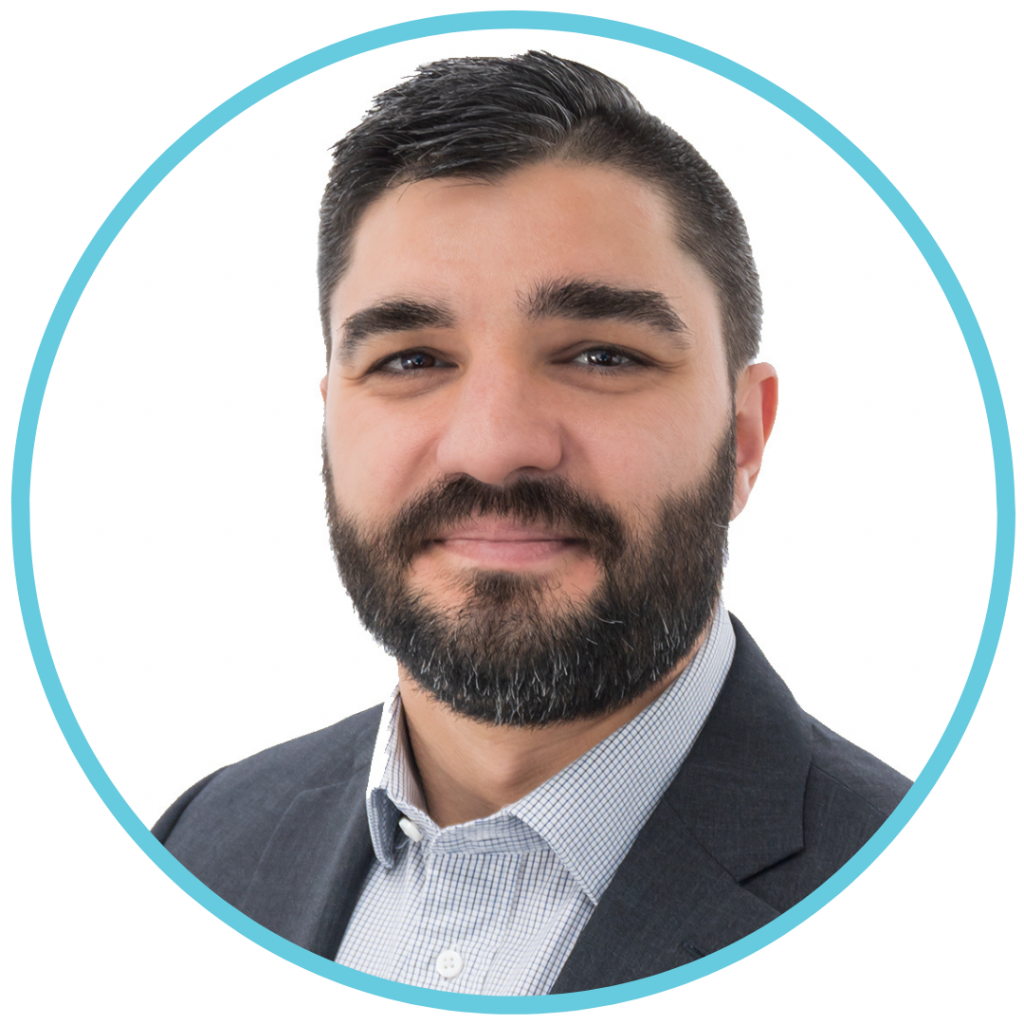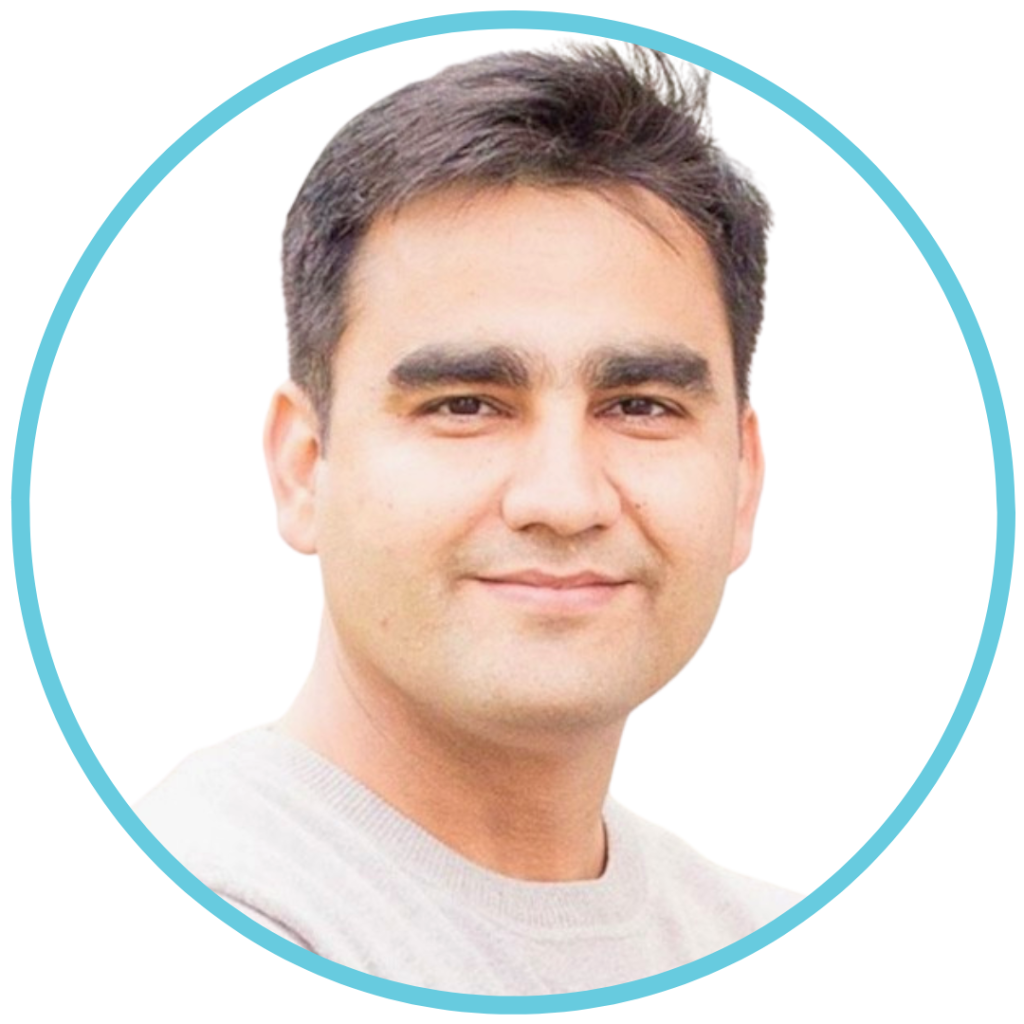Transmembrane proteins (TPs) serve as crucial conduits between the internal and external environments of cells, regulating ion and molecule passage and orchestrating cellular responses to external cues. They play pivotal roles in cellular signaling, cell-cell interactions, and various physiological processes, making them promising targets for novel therapeutics, including cell and gene therapies. Leveraging the unique properties of TPs, researchers can design targeted therapeutic strategies with improved efficacy, specificity, and safety profiles.


Resources referenced in the webinar have been linked below.
As the world’s only surface plasmon resonance (SPR) system powered by digital microfluidics, Alto™ revolutionizes real-time interaction analysis by eliminating the need to compromise on quality and time. Go from sample to answer within hours while streamlining even the toughest of biologics applications with Alto’s intuitive and automated ecosystem. Designed to take the complexity out of SPR, Alto™ will empower your team with the data they need to take their discoveries to the next level.
Read it here.
Alto’s comprehensive software, the Nicosystem, provides a one-stop centralized hub for acquisition and analysis of real-time binding data, all while offering an intuitive user interface, one-click analysis feature, and the flexibility of accessing your experiments from anywhere.
Learn more here.
Many human diseases are known to be associated with transmembrane proteins (TPs), making them ideal candidates for drug development. Multi-pass transmembrane proteins are not stable outside of the cell membrane environment, and are therefore difficult to purify and to express in large quantities. This has resulted in the under-characterization of a critical group of biomolecules. One strategy for overcoming these challenges is to use vectors that closely mimic cell membranes, such as nanodiscs. In this application note, Alto Digital SPR was used to characterize binding kinetics of Claudin-18.2 in nanodiscs from ACROBiosystems, demonstrating its ability to provide high-quality data while significantly reducing precious sample consumption and time to results.
Read it here.
"*" indicates required fields
"*" indicates required fields
"*" indicates required fields
"*" indicates required fields
"*" indicates required fields
"*" indicates required fields
"*" indicates required fields
"*" indicates required fields
"*" indicates required fields
"*" indicates required fields
Over 600 researchers worldwide are using OpenSPR™ to get the data reviewers are looking for. Read our brochure to learn more!
"*" indicates required fields
Interested in learning more about how Alto can accelerate your drug discovery? Fill out the form below to download a product brochure.
"*" indicates required fields